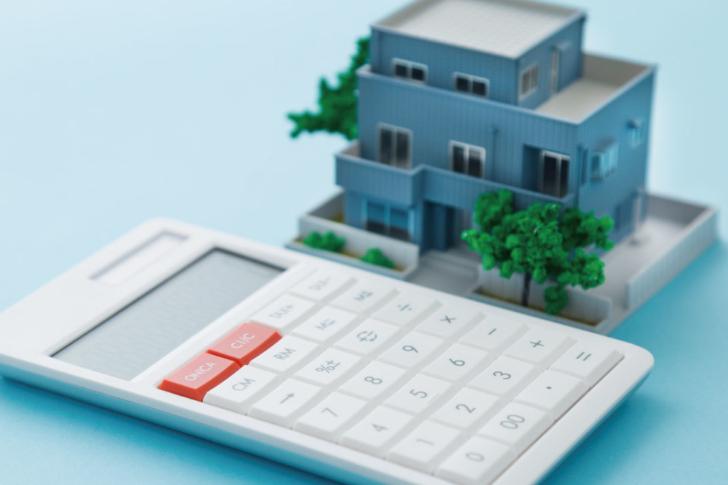The UK housing market has long been a subject of interest, with house prices experiencing significant fluctuations over the years.
House Values in the UK: A Comprehensive Guide

Understanding the factors that influence house values is crucial for homeowners, buyers, and sellers alike. This article provides a comprehensive overview of house values in the UK, exploring key trends, regional variations, and factors affecting prices.
Key Trends in UK House Values
- Historical Trends: House prices in the UK have generally experienced steady growth over the long term, with periods of rapid appreciation and occasional downturns.
- Recent Trends: In recent years, the market has seen a combination of factors influencing prices, including Brexit uncertainty, the COVID-19 pandemic, and economic conditions.
- Regional Variations: House values can vary significantly across different regions of the UK, influenced by factors such as job markets, amenities, and lifestyle preferences.
Factors Affecting House Values in the UK
Several factors contribute to the fluctuations in UK house prices:
- Supply and Demand: The balance between the supply of available properties and the demand from buyers plays a crucial role in determining prices.
- Economic Conditions: The overall health of the economy, including interest rates, employment levels, and consumer confidence, can impact housing affordability.
- Government Policies: Government policies, such as stamp duty and mortgage regulations, can influence the housing market.
- Location: The location of a property, including proximity to amenities, transport links, and schools, can significantly affect its value.
- Property Type: The type of property, such as detached house, semi-detached house, or apartment, can also influence its value.
Regional Variations in House Values
House values can vary significantly across different regions of the UK:
- London: The London housing market is often characterized by higher prices due to demand from domestic and international buyers.
- Southeast England: Regions like Surrey, Berkshire, and Buckinghamshire typically have higher house prices compared to other parts of the country.
- Northern England: Cities such as Manchester, Leeds, and Liverpool generally have lower house prices than the South.
- Scotland and Wales: House prices in these regions can vary depending on the specific location and local economic conditions.
Average House Prices in the UK
While average house prices can fluctuate, here’s a general breakdown of typical values across different regions:
| Region | Average House Price (Approximate) |
|---|---|
| London | £750,000 |
| Southeast England | £450,000 |
| Southwest England | £320,000 |
| Midlands | £250,000 |
| North England | £200,000 |
| Scotland | £180,000 |
| Wales | £160,000 |
Note: These figures are approximate and can vary depending on specific locations and property types.
Future Outlook for UK House Values
Predicting future house prices is challenging, as various factors can influence the market. However, experts generally anticipate continued growth in some regions, while others may experience more modest increases. Factors such as economic stability, interest rates, and government policies will play a significant role in shaping the housing market’s future.
Tips for Home Buyers and Sellers
- Research: Thoroughly research the local housing market to understand trends, average prices, and property values in your desired area.
- Seek Professional Advice: Consult with a real estate agent or mortgage advisor for personalized guidance.
- Consider Affordability: Assess your financial situation to determine what you can afford and set a realistic budget.
- Negotiate: Don’t be afraid to negotiate on price, especially in a competitive market.
- Long-Term Perspective: When buying a property, consider its potential for value appreciation over the long term.
Share this article 











Recent Comments